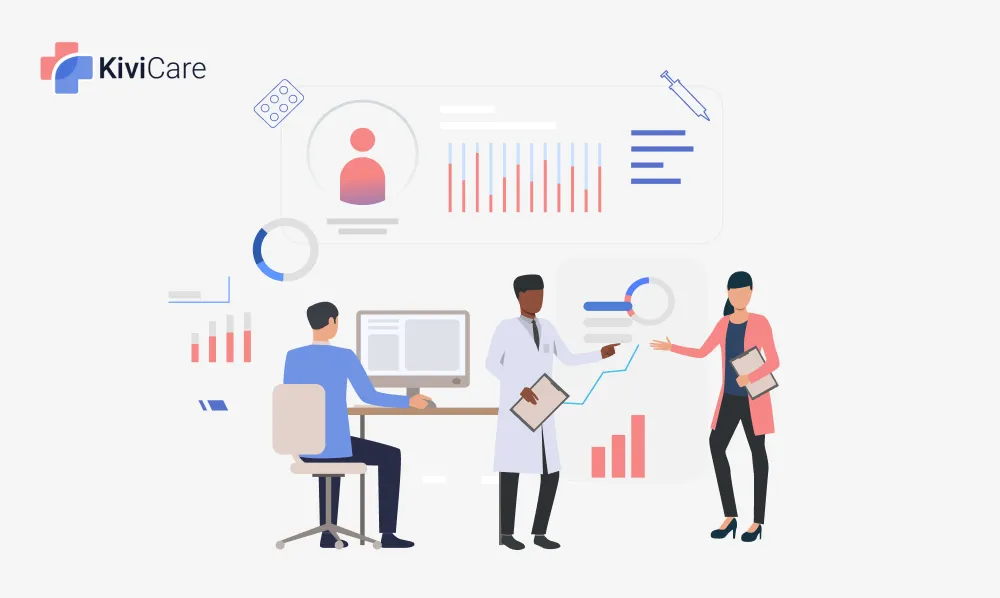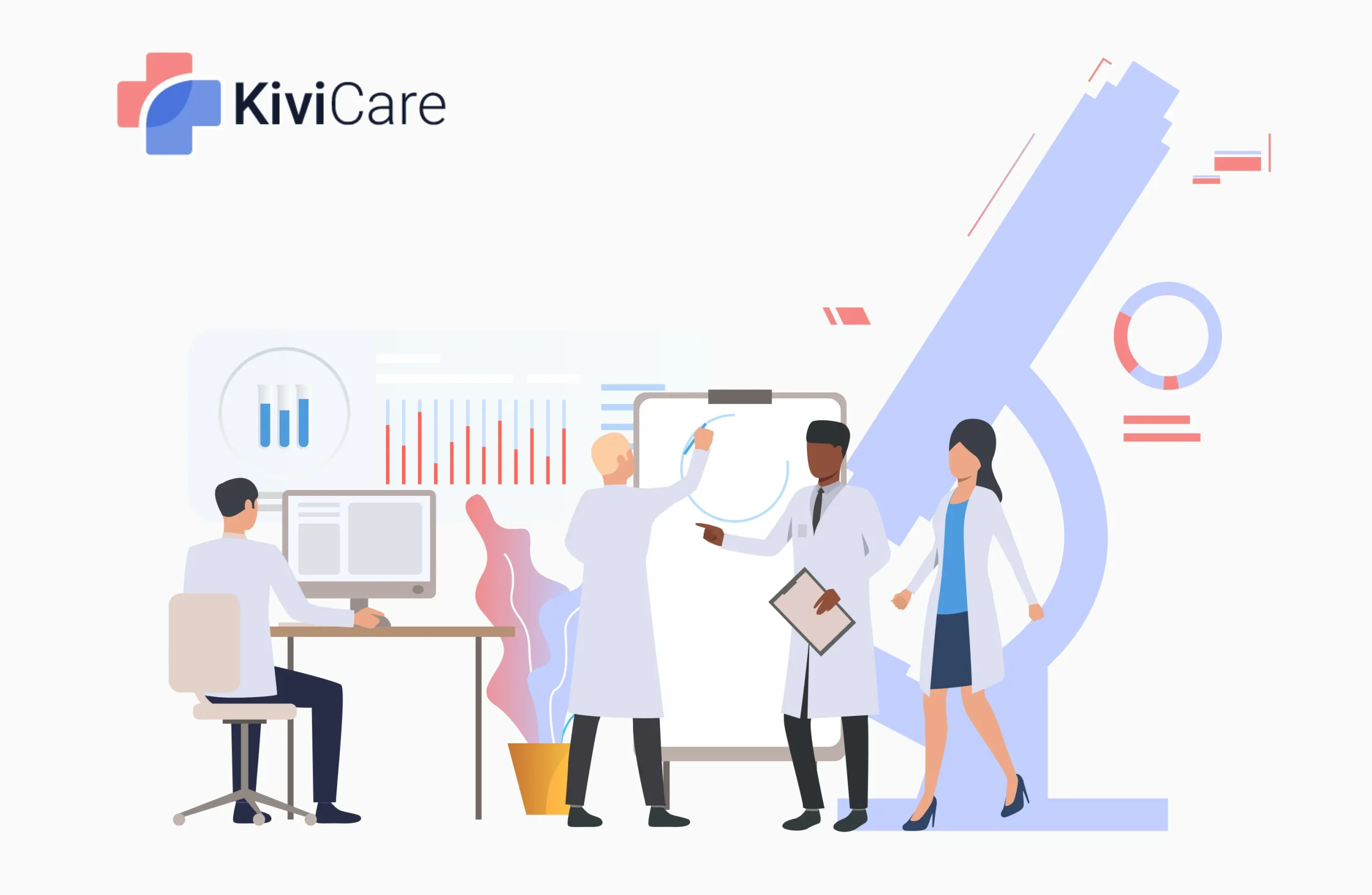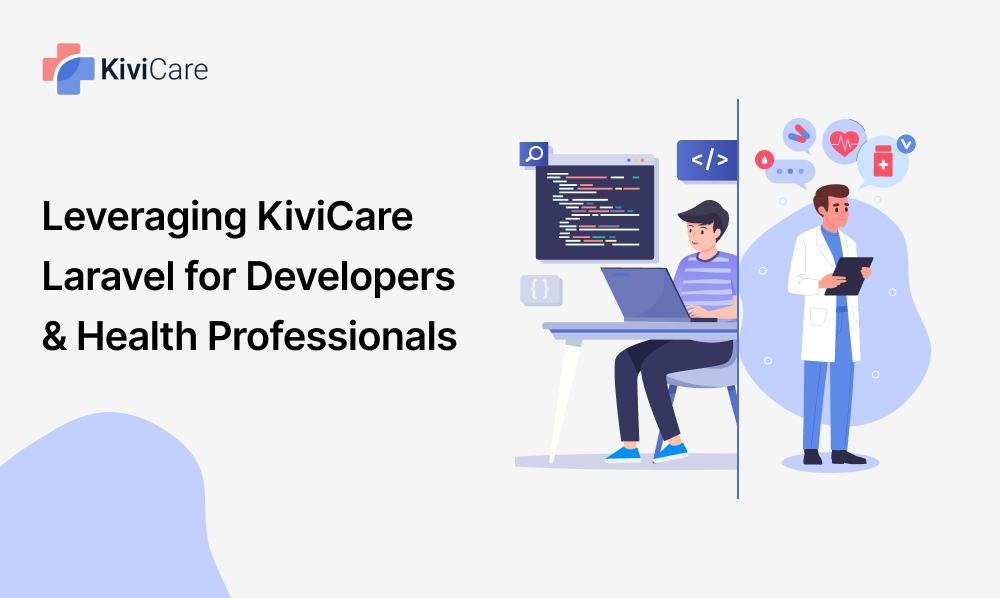
Cost-Saving Benefits of KiviCare: How Electronic Records Improve Financial Efficiency
Rising costs are a pressing concern in healthcare, making efficient financial management more crucial than ever. Traditional financial management approaches frequently include time-consuming paperwork, manual processes, and the possibility of errors, which can result in increased costs. These inefficiencies can influence both operational costs and overall financial performance.
Through its electronic records system, KiviCare offers a robust solution to address these challenges. By digitizing patient records and streamlining data management, KiviCare simplifies administrative tasks and enhances financial efficiency. This transition to electronic records can lead to significant cost savings and better resource management, making KiviCare-Clinic management solution in Laravel a valuable tool for healthcare organizations seeking to improve their financial performance.
Overview of KiviCare's Electronic Records System
KiviCare is an advanced clinic management solution in laravel that leverages electronic records to enhance operational efficiency. Its electronic records system is designed to modernize and streamline the way patient information is handled, offering a range of features to support healthcare providers.
In addition to its Laravel version, KiviCare is also available as an EHR Management Flutter Mobile App. This mobile app version brings the same powerful features to your smartphone, offering healthcare providers the convenience of managing patient records and appointments on-the-go, all from a user-friendly mobile interface.
Core Features:
1. Data Management:
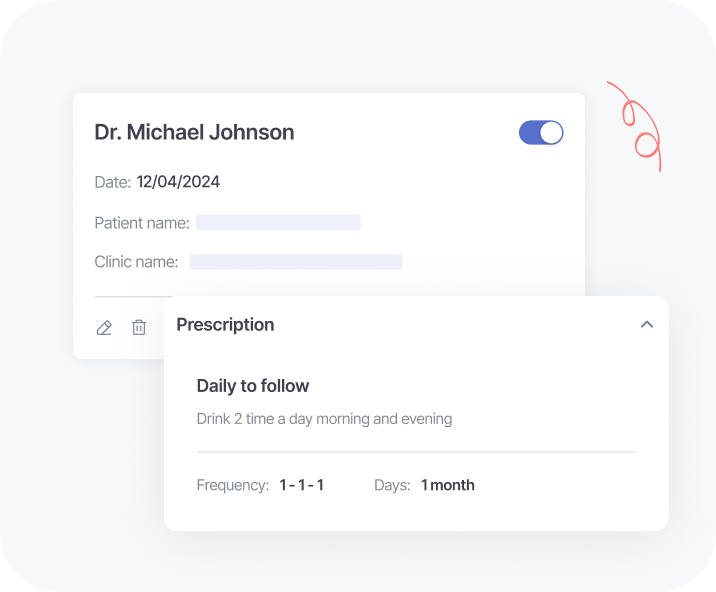
KiviCare-Clinic management solution in Laravel provides a centralized system for storing and managing patient records. This ensures that data is organized and easily accessible, reducing the time spent searching for information.
2. Accessibility:
The system allows healthcare professionals to access records from anywhere, facilitating remote consultations and on-the-go updates.
3. Integration:
KiviCare-Doctor clinic management Flutter app, integrates with other healthcare systems and tools, ensuring seamless data flow and reducing the need for manual data entry.
Benefits:
1. Improved Efficiency:
By automating data management, KiviCare reduces administrative tasks and the likelihood of errors, leading to faster and more accurate record-keeping.
2. Cost Savings:
Reducing paperwork and manual processes decreases operational costs and minimizes the risk of costly errors.
3. Enhanced Resource Allocation::
KiviCare’s electronic records system simplifies data handling and plays a crucial role in enhancing financial performance through efficient management and cost savings.
Cost-Saving Benefits of Electronic Records
A. Reduced Paper Costs:
Transitioning to electronic records eliminates the need for paper, which reduces costs associated with printing, storing, and managing physical documents. By going paperless, healthcare facilities save on purchasing paper and ink and maintaining large filing systems.
I. Printing and storage savings:
Electronic records reduce the cost of printing and storing paper documents.
II. Document Management Efficiency:
Digital records reduce the demand for physical storage space while simplifying document management.
B. Efficiency Gains:
Electronic records streamline various processes within healthcare settings. Automating record-keeping tasks minimizes manual labor and reduces errors. This leads to significant time savings and allows staff to focus on more critical tasks, enhancing overall productivity.
I. Process Streamlining:
Automation speeds up data retrieval and updates.
II. Error Reduction:
Minimizing manual input lowers the risk of errors, saves time, and corrects mistakes.
C. Improved Billing Accuracy:
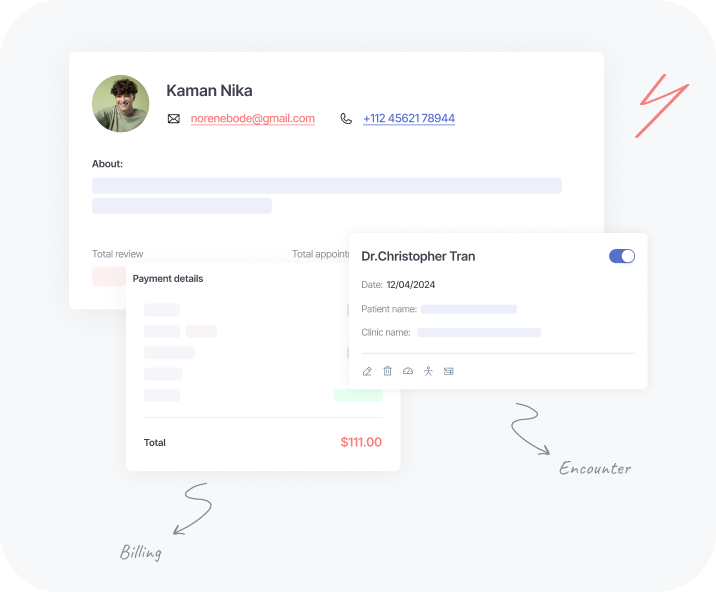
I. Billing Accuracy:
Accurate data entry improves the correctness of bills and claims.
II. Reduced Denials:
D. Resource Optimization:
Digital records optimize the use of resources by saving staff time and physical space. Electronic records systems facilitate efficient data management and retrieval, freeing up staff for other tasks and reducing the need for large storage areas.
I. Staff Time Savings:
Automation reduces the time staff spend managing records.
II. Physical Space Efficiency:
Digital records decrease the need for physical storage space.
Implementation Considerations
a. Initial Investment:
Transitioning to an electronic records system requires an initial investment. This includes costs for software, hardware, and any necessary infrastructure upgrades. While these upfront costs seem substantial, they are essential to achieving long-term savings and operational improvements.
1. Upfront Costs:
Investment in software and hardware for electronic records.
2. Infrastructure Upgrades:
There is a potential need for upgrades to support the new system.
b. Training and Support:
Staff training and ongoing support are crucial for a successful implementation. Proper training ensures all users can operate the new system effectively, while ongoing support helps resolve any issues. Investing in comprehensive training and reliable support services can significantly enhance the system’s effectiveness.
1. Staff Training:
Ensures users can efficiently use the new system.
2. Ongoing Support:
Provides assistance and resolves issues post-implementation.
c. Long-Term Savings:
1. Financial Benefits:
Ongoing savings from reduced operational costs and improved accuracy.
2. Cost Savings:
Over time, the financial advantages become more significant than the initial investment.
While there are initial costs and a need for thorough training and support, the long-term financial benefits of electronic records make it a worthwhile investment. The efficiency and savings achieved through digital records far exceed the initial expenditure, improving overall economic performance.
Key Challenges and Solutions in Adopting Electronic Records
Challenges:
Transitioning to an electronic records system can present several challenges, including data migration, system integration, and user adaptation. Ensuring a smooth transition involves addressing these issues proactively.
I. Data Migration:
Moving existing records to a new system can be complex and requires careful planning.
II. System Integration:
Ensuring the new system integrates well with existing software and processes.
III. User Adaptation:
Training staff to adapt to new technology and workflows.
Solutions:
Overcoming these challenges involves strategic planning and support. Developing a detailed implementation plan, choosing a user-friendly system, and providing thorough training can mitigate these issues and facilitate a successful transition.
I. Strategic Planning:
Develop a comprehensive plan to manage the transition.
II. User-Friendly System:
Choose an electronic records system that is simple for employees to use.
III. Thorough Training:
By addressing these challenges with targeted solutions, healthcare organizations can successfully implement electronic records and reap the associated cost-saving benefits.
Conclusion
In summary, KiviCare’s electronic records system offers significant advantages for improving financial efficiency in healthcare settings. By reducing paper costs, enhancing efficiency, improving billing accuracy, and optimizing resources, KiviCare- Doctor clinic management Flutter app, helps organizations save money and streamline operations. The long-term financial benefits and cost savings outweigh the initial investment and training requirements. We encourage healthcare organizations to consider adopting KiviCare-Clinic management solution in Laravel to leverage these benefits and enhance their financial management.
Explore KiviCare to boost financial management and achieve cost savings.








